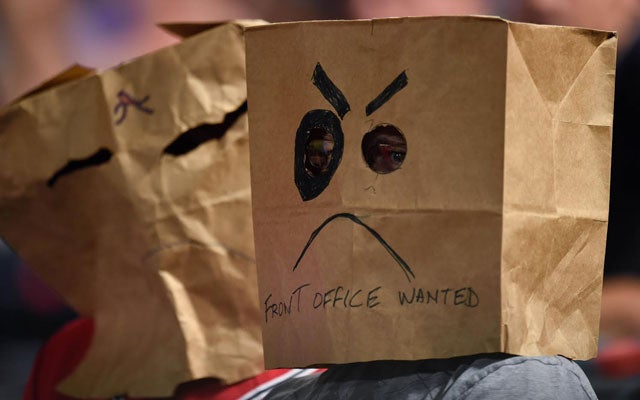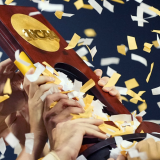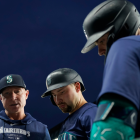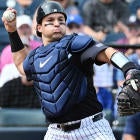
Tanking -- in which a team sloughs off talent from its roster in order to improve its draft position -- is a stratagem we typically associate with the NBA and, to a somewhat lesser extent, NFL. However, handwringing over the tanking phenomenon seems to be making its way to MLB. Here's this from a recent Buster Olney piece at ESPN.com regarding the owners' meetings:
The January discussion in Coral Gables, Florida, was not formal, and there haven't been any official steps taken toward exploring the question of whether teams are endeavoring to lose. But some teams have expressed concern about a strategy that is drawing more and more attention among baseball operations officials.
Well, it shouldn't be drawing more and more attention. Tanking is a perfectly viable organizational strategy, and such a targeted "bottoming out" has been key to the very successful deep rebuilds in Houston and on the North Side of Chicago (and Tampa Bay before that). It's also the very structure of the MLB draft that provides strong incentives to this end. It's not just the high picks that flow from losing games at the highest level; it's also the higher signing bonus allotments that come with those higher picks. Losing more means a greater latitude to spend money on draftees.
The other layer of this is a rebuilding team's related decision to trade off veterans in exchange for prospects or cost-controlled major-league talent (the Phillies' ongoing rebuild has benefited from this approach in recent months). Yes, it worsens the on-field major-league product, but it does so in the service of a better future. Nothing's more uninspiring for a fan than slow decay at the big-league level in tandem with an uninspiring farm system. Stripping the MLB roster for parts and getting a run of high draft picks is the most rational path toward rebuilding an organization from the bones outward. And it works, sometimes more quickly than you might think.
On another level, the structural parity of the game itself is such that you don't see teams crater to the extent that they do in the NBA or NFL. The Sixers at this writing are playing .146 ball and are more than halfway through the schedule. In MLB, that would scale to a 138-loss season. In the NFL this past season, the Browns and Titans each clocked in with a winning percentage of .188. That's 132 losses in MLB. By all means, when an MLB team reaches those kinds of depths, then we can revisit this discussion. As it stands, though, the worst teams in baseball in the draft era aren't worse than those of prior times.
Also, consider the unintended consequences of doing something extreme on this front. Do you want to risk compromising the parity that defines baseball right now by not tying draft position to the standings? Do you want to risk a less active trade deadline -- and, by extension, less fan fan engagement leading up to it -- by putting drags on a team's ability to flip veterans to contenders in exchange for untested prospects? That seems awfully short-sighted.
As Olney notes, some of the owner grousing seems to rise from the notion that revenue sharing monies should be plowed back into the major-league payroll. While I'd absolutely agree that pocketing revenue sharing income is a concern, an unethical act, and something that should be strongly discouraged, insisting that those dollars go straight to player payroll is a narrow way of thinking and one that encourages half-measures. Rather, owners receiving these funds should be required to reinvest them in the organization at some level. Maybe it's by signing free agents or keeping the arbitration-eligible superstar. But maybe it's something that won't show up in Opening Day payroll figures -- expanding the scouting or analytics staff, establishing more of an international presence, making capital improvements. Things like that would also be perfectly appropriate use of revenue sharing income.
What you don't want to do, though, is hamstring a losing team's ability to get methodically better and position itself for a multi-year contending run. The best way to do that is to rebuild, and rebuilding almost always necessarily entails some short-term on-field ugliness.
The lesson, though, is an old one: Be careful when you undertake solving problems that don't actually exist.





















